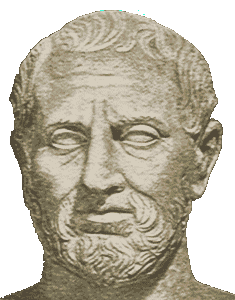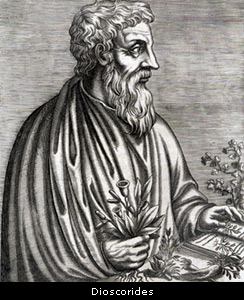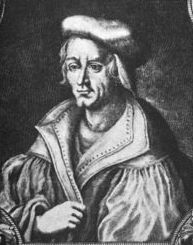The urge to classify the natural world is an old one and apparently an essential human characteristic. In a famous instance of the primeval nature of this impulse, during his field work in New Guinea in the 1940s ornithologist Ernst Mayr discovered the tribal people had identified the 137 species of birds in detail that equaled and in at least one instance exceeded that of modern science. The sexual dimorphism among birds of Paradise is striking, but the hunters and gatherers almost unfailingly were able to pair dissimilar looking birds under one name.

The Greeks, the Romans and most Europeans until the Renaissance, assumed that species were static. I.e., one did not evolve from another to produce “family trees.” Rather, the similarities among taxa were thought to be due to variations in the proverbial molds for the creation of “types” in the divine forge. Beginning in the early Hellenic period in Greece (300 B.C.) plants were divided up into taxa based on their habit or life form, grouping vines, shrubs, trees and herbaceous species.
Theophrastus, a student of Aristotle, is often designated as the “father of botany.” He recognized determinate versus indeterminate growth patterns. Determinate growth refers to a plant that attains a particular size and gets no larger, but produces flowers and fruit before dying. Indeterminate growth refers to the habit of growing continually until killed by frost or other means. Theophrastus also grouped plants together according to shared traits, including the fusion of various elements of the flower (and other parts of the plant).

Pedanius Dioscorides (40-90 A.D.) was a Greek pharmacologist and botanist from Asia Minor (modern Turkey, who practiced in Rome at the time of Nero. He assembled a directory of ~600 plants with medicinal uses into the Materia Medica. The reference was used continually throughout Europe until the 17th century. Dioscorides preserved the names of plants in the Dacian language of southeastern Europe. The true identification of all the plants he listed is not settled unambiguously.

Pliny the Elder was a better-known, older (23-79 A.D.) Roman contemporary of Discorides. His Naturalis Historia is a compendium of the entire natural world, as it was known in his time. Although regarded as generally accurate, it makes no consistent distinction between real and fantastic phenomena. Pliny drew upon the work of Theophrastus for his chapter on botany.

After the Middle Ages, herbalists like Otto Brunfels (~1488-1534) began to publish botanical works that were based almost entirely on personal observation rather than hearsay, which was the primary source of information for the naturalists of the Greek and Roman periods. The herbalist texts included illustrations that reach a new level of accuracy and the invention of the printing press by Johannes Gutenberg in 1439 assured the wider distribution of accurate botanical information. Multiple schemes of classification persisted throughout the Renaissance and into the Age of Enlightenment.

Andrea Caesalpino (1519-1603), a Tuscan physician and botanist, grouped plants together based on the morphology and arrangement of their fruits and seeds. The herbalists had usually ordered plants in their texts alphabetically and grouped them by medicinal properties. Caesalpino became the director of the botanical garden in Pisa in 1555. In the 16th century period these grounds for growing, displaying and doing research on plants began to be built, first in the wealthy Italian peninsular states and then through the rest of western Europe.
Joseph Pitton de Tournefort (1656-1708) invented the concept of “genus” as a way of organizing plant species. He assembled over 7000 taxa into 700 genera. His criteria were the shared features among flowers. The post-medieval trend toward field work expanded in the 17th century; de Tounefort traveled and collected extensively in the Pyrennes, throughout the islands of the Mediterranean and much of western Europe.
The work of de Tournefort paved the way for Carl Linné (Carolus Linnaeus) to develop the system of binomial nomenclature. His Species Plantarum (1753) is the basis for much of modern systematics and for the rules of priority. The earliest genus name applied to a plant will generally stay with it forever, unless it can be shown that the plant should be more properly assigned to another genus.

You must be logged in to post a comment.